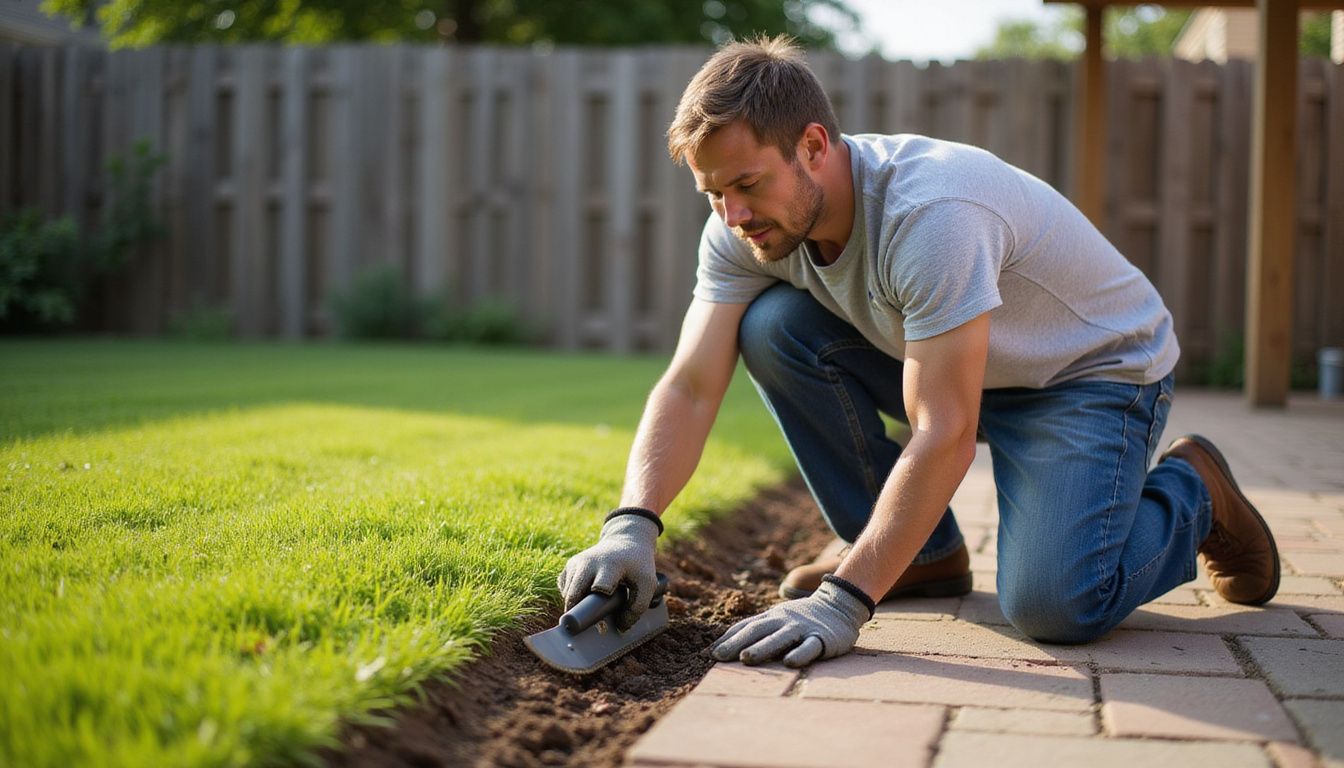Are you noticing cracks in your pool’s concrete coping and wondering why they’re happening? Cracks can indeed develop as the concrete gets hard and naturally ages over time. This blog will explore what causes these cracks in your swimming pool patio and how to effectively repair and prevent them from occurring again.
Causes of Concrete Pool Coping Cracks
Concrete pool coping cracks are caused by adverse weather conditions, soil expansion, slope creep, and groundwater levels. These factors can lead to the development of cracks in concrete pool coping, creating the need for timely repairs and preventative measures.
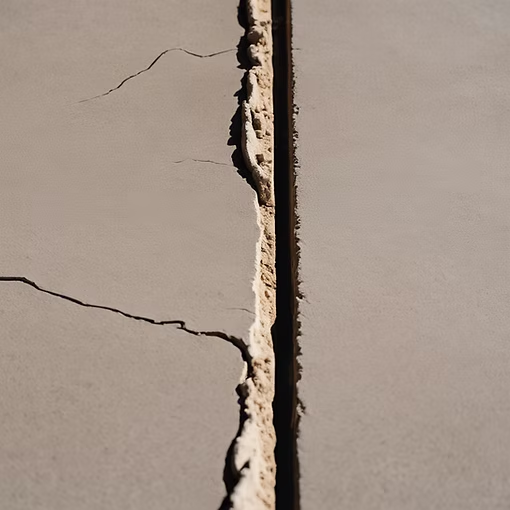
Adverse weather conditions
Adverse weather conditions play a significant role in causing concrete pool coping to crack. Extreme temperature fluctuations, common in some climates, can cause the concrete around pools to expand and contract.
This regular movement puts stress on pool coping, leading to cracks over time. Heavy rains and long droughts also affect soil moisture levels, which directly impacts the stability of pool decks and their coping.
Soil expansion
Soil expansion can be a significant factor contributing to the cracking of concrete pool coping. Changes in soil moisture levels around the pool area, especially due to heavy rainfall or improper drainage, can lead to soil expansion and contraction.
This fluctuation in soil volume puts pressure on the surrounding concrete, leading to cracks over time. Proper landscaping and water management measures around the pool are essential for controlling soil expansion and minimizing the risk of coping cracks.
Implementing proper landscaping techniques and drainage systems will help manage soil moisture levels effectively, reducing the impact of soil expansion on concrete pool coping.
Slope creep and groundwater levels
Changes in soil moisture, groundwater levels, hillside installation, and insufficient cure time are potential causes of concrete cracks in swimming pools. The ground’s movement due to slope creep can exert pressure on the pool coping, leading to cracking.
Moreover, fluctuating groundwater levels can impact the stability of the surrounding soil, contributing to stress on the pool coping and increasing the likelihood of cracks.
Repairing and Preventing Concrete Pool Coping Cracks
Repairing and preventing concrete pool coping cracks involves utilizing techniques such as PolyRenewal™ injections, epoxy injections, and concrete patching. Controlling water runoff, managing landscaping, and conducting regular inspections are also essential in maintaining the structural integrity of the pool deck.
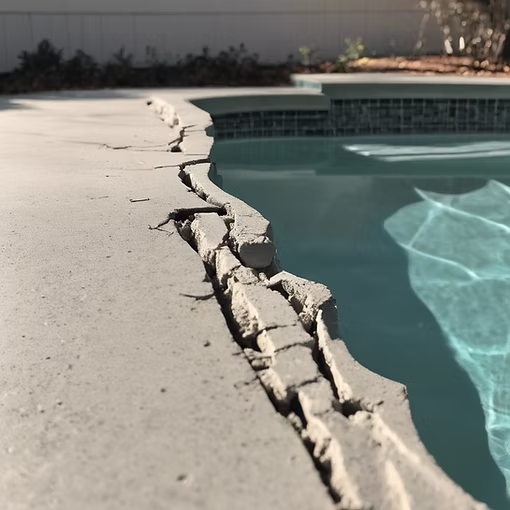
PolyRenewal™ injections
PolyRenewal injections offer a reliable solution to repair cracks in concrete pool coping. These injections use a high-density polyurethane foam that is injected into the cracks, expanding to fill any voids and stabilize the surrounding concrete.
This process effectively repairs and reinforces the coping, preventing further cracking and ensuring its durability over time. PolyRenewal injections also provide waterproofing benefits, protecting the pool coping from water damage and minimizing future maintenance needs.
Furthermore, PolyRenewal injections address soil expansion and slope creep issues by stabilizing the underlying soil beneath the concrete pool coping. This proactive approach helps prevent future cracking and damage, making it an effective long-term solution for maintaining the integrity of your pool deck.
Epoxy injections
Transitioning from PolyRenewal injections to epoxy injections, these injections are an effective way to repair cracks in concrete pool coping. Epoxy injections involve filling the crack with a two-part resin-based material that effectively bonds with the concrete, providing a durable and long-lasting solution.
The injected epoxy seals the crack and prevents water from seeping through, which can further deteriorate the pool coping.
Epoxy injections not only restore the structural integrity of the coping but also enhance its appearance, making it an ideal solution for repairing damaged concrete around pools. By addressing cracking promptly with epoxy injections, pool owners can prevent further damage and maintain a safe and enjoyable swimming environment.
Concrete patching
Transitioning from epoxy injections to concrete patching, it’s important to address any cracks in the pool coping promptly. Concrete patching is a common method used to repair small cracks in concrete and can also be applied to pool coping.
By filling in the cracks with a specialized concrete patch material, such as an epoxy-based or polymer-modified cementitious product, it helps prevent further damage and maintains the structural integrity of the pool coping.
Regular inspections and maintenance play a crucial role in identifying areas that require patching. When addressing cracked pool decking or coping, utilizing appropriate sealants can help prevent water infiltration and reduce future cracking.
Controlling water runoff
Controlling water runoff is crucial in preventing concrete pool coping cracks. Improper drainage can lead to the accumulation of water around the pool, increasing the risk of soil erosion and instability.
To address this, proper grading and leveling should be implemented to ensure that rainwater flows away from the pool area. Additionally, installing gutter systems and downspouts can effectively divert water away from the pool deck, reducing the potential for cracking due to excessive moisture exposure.
Implementing effective strategies to control water runoff plays a vital role in preserving the integrity of concrete pool coping. By managing drainage and directing water flow away from the pool area through proper grading, gutter systems, and downspouts, it significantly reduces the risk of cracking associated with prolonged moisture exposure.
Managing landscaping
To minimize the risk of concrete pool coping cracking, landscaping around the pool should be carefully managed. Proper grading and drainage solutions can help prevent excess water from pooling around the pool deck, reducing the potential for soil expansion that can lead to concrete cracks.
Additionally, strategic and appropriate planting of trees and shrubs can help control water runoff and minimize soil moisture changes that could contribute to cracking in the concrete coping.
By effectively managing landscaping around your pool area, you can significantly reduce the risk of cracks in concrete pool coping while maintaining a visually appealing outdoor space.
Regular inspections and maintenance
Regular inspections and maintenance play a crucial role in preventing concrete pool coping cracks. By conducting routine checks, homeowners can identify any signs of cracking early on, allowing for prompt repairs to be made.
This proactive approach not only helps to address minor issues before they worsen but also ensures the safety and longevity of the pool’s structure.
Conclusion
Concrete pool coping can indeed crack due to various factors such as adverse weather conditions, soil expansion, and slope creep. Repairing and preventing these cracks can involve various methods including PolyRenewal™ injections, epoxy injections, concrete patching, controlling water runoff, managing landscaping, fixing foundation cracks, and regular inspections.
For those looking for high-quality and durable solutions, consider Vintage Cast for your pool coping needs. Vintage Cast specializes in producing premium precast concrete pool coping—known as Kope—that is designed to withstand harsh conditions and prevent cracking.
FAQs
1. Why does concrete pool coping crack?
Concrete pool coping can crack due to a bond beam break, damage from weather changes, or pressure from water and soil movement around the pool.
2. Can cracks in concrete around my pool be fixed?
Yes, repairing concrete pool deck cracks is possible using specific swimming pool deck crack repair methods like filling with a special pool deck crack filler and applying a concrete sealant for protection.
3. How can I prevent my concrete pool deck from cracking?
To prevent your concrete pool deck from cracking, regular maintenance is key. This includes sealing cracks as they appear, ensuring proper installation of the coping materials, and preventing water damage.
4. What are my options if I have cracked or damaged pool coping?
If you have cracked or damaged pool coping, options include complete replacement of the affected sections, using a high-quality repair compound for smaller cracks, or undergoing a full-scale renovation for extensive damage.
5. Is concrete pool coping good?
Yes, concrete pool coping is an excellent choice for several reasons. It offers durability, versatility, and aesthetic appeal, making it a very popular option.
6. What is the best product for pool coping?
One of the best products for pool coping is Kope from Vintage Cast. It’s a trusted choice for many pool owners looking for a high-quality and reliable coping product.
Recent Posts
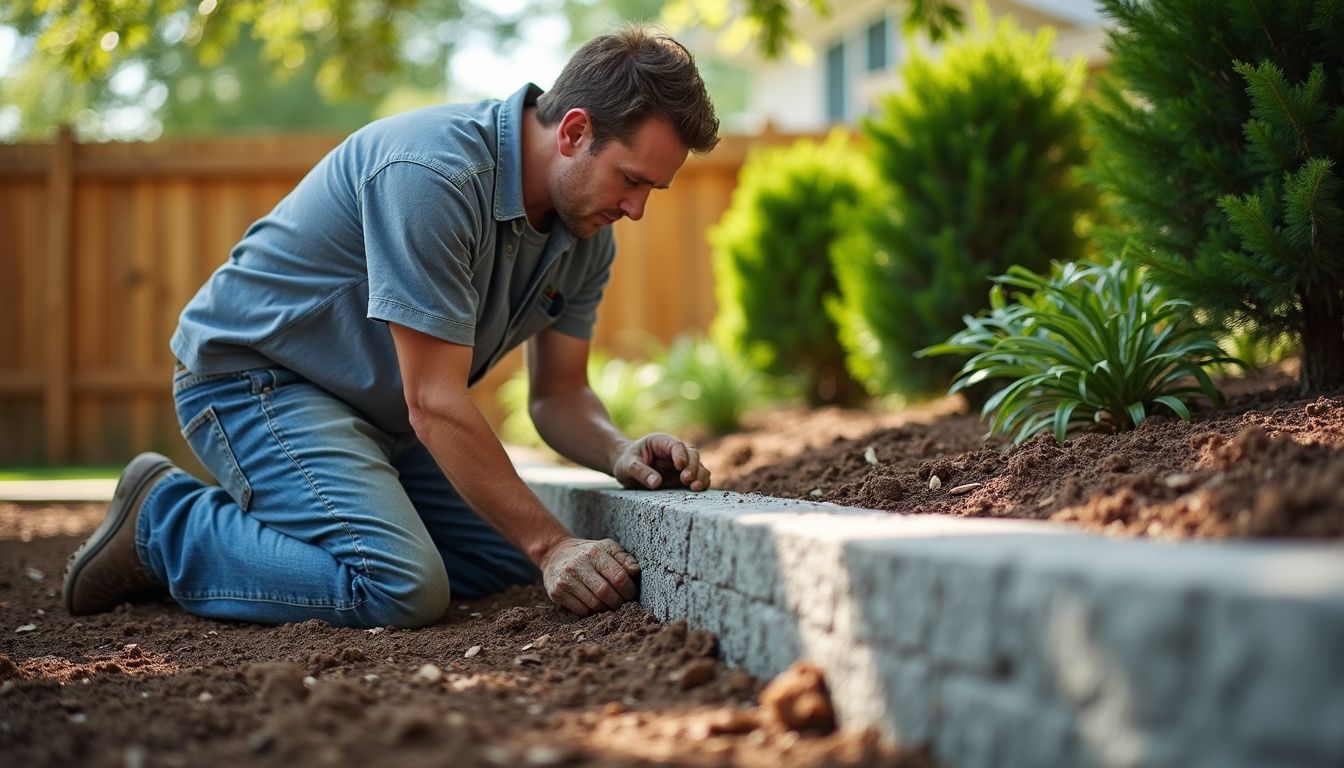
Why Landscaping Pros Prefer Precast Concrete Over Poured-in-Place
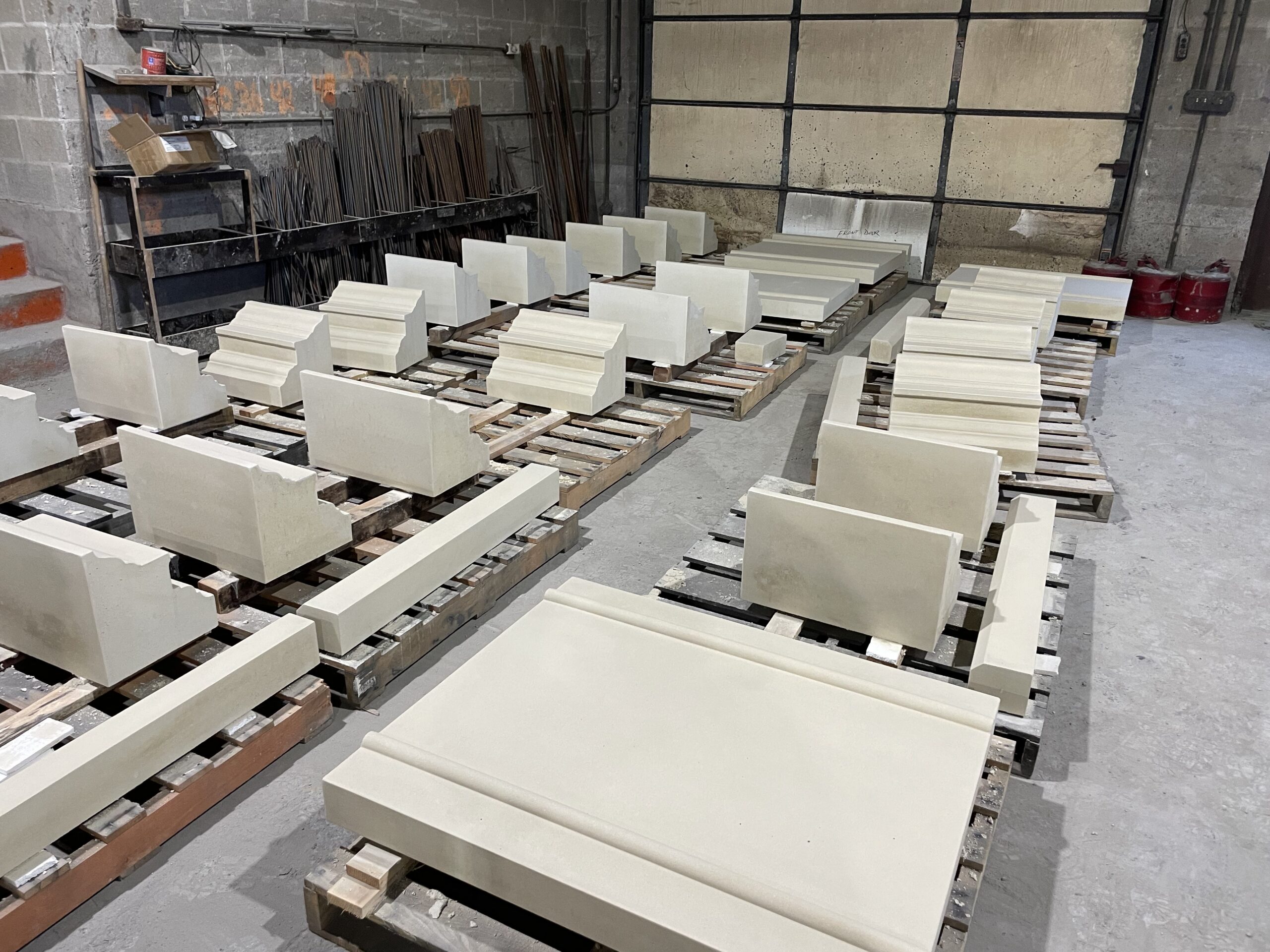
Why & How is Precast Concrete Prestressed?
